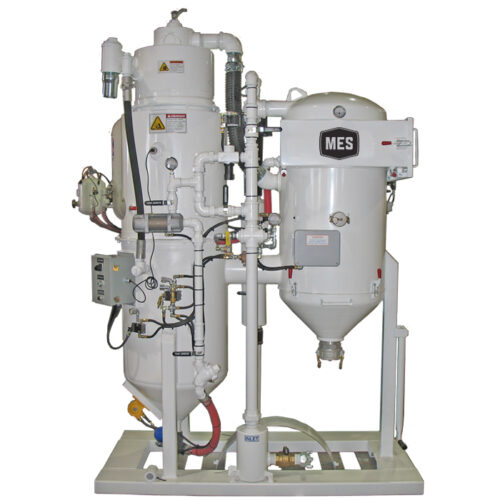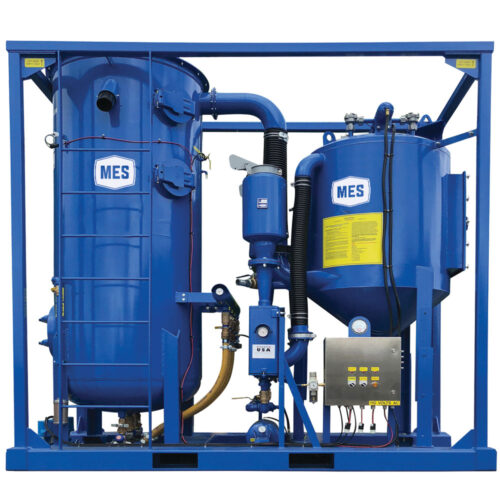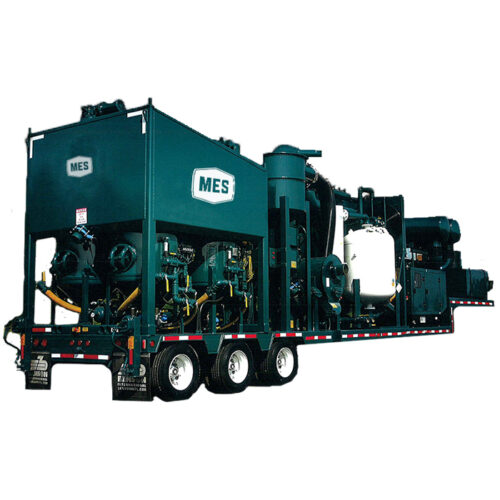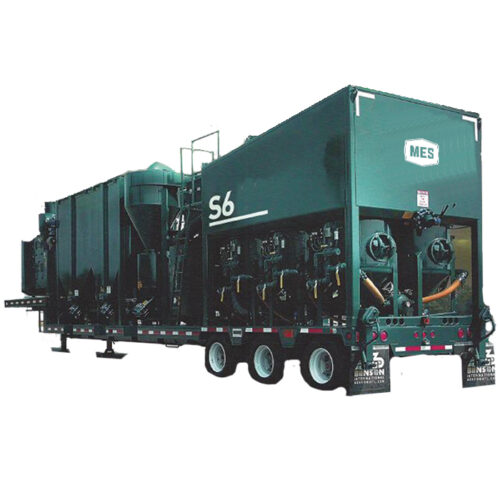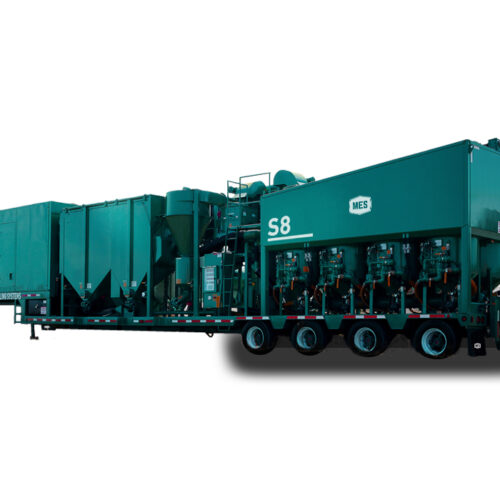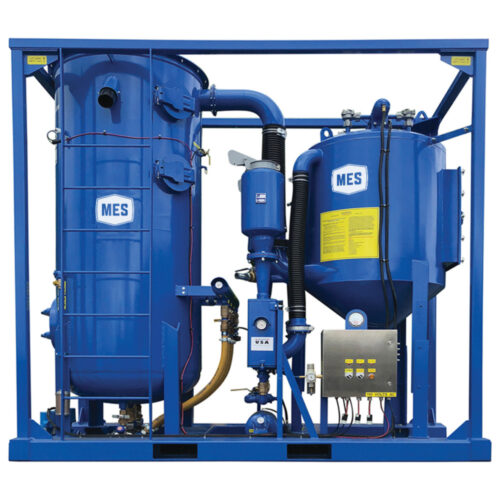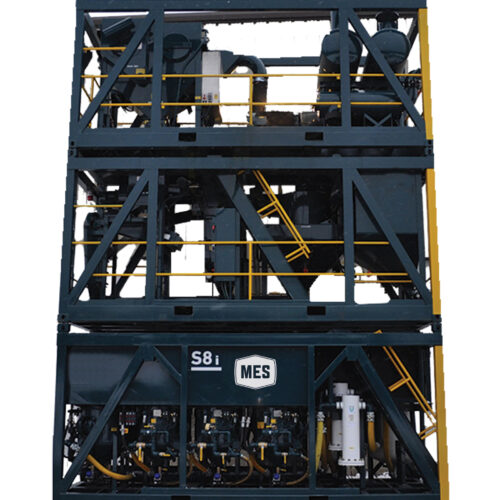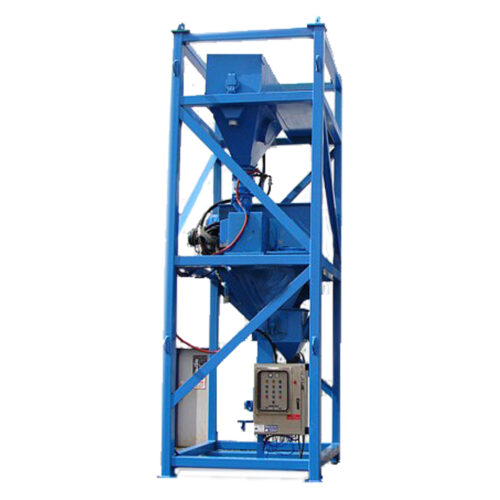The gold standard in abrasive blasting is the use of steel grit. The use of steel grit on a jobsite can dramatically improve quality, decrease costs, and reduce the overall environmental impact of blasting operations when compared to single-use abrasives.
With a 98% recyclability rate, it’s easy to understand how contractors can perform at a very high level using steel grit recyclers. There is no longer a daily need for disposal of wastes, logistics of abrasive deliveries, and numerous other challenges that you’d face when using a single-use abrasive.
With the largest steel grit rental fleet in the nation, MES can support all your industrial equipment rental needs!
Single – 8 Unit | Electric and Diesel Options Available
Reach out to MES today to discuss your upcoming needs so we can make the best recommendation for your job!



